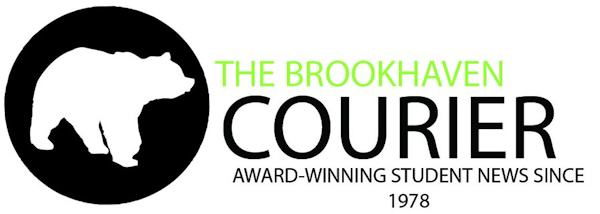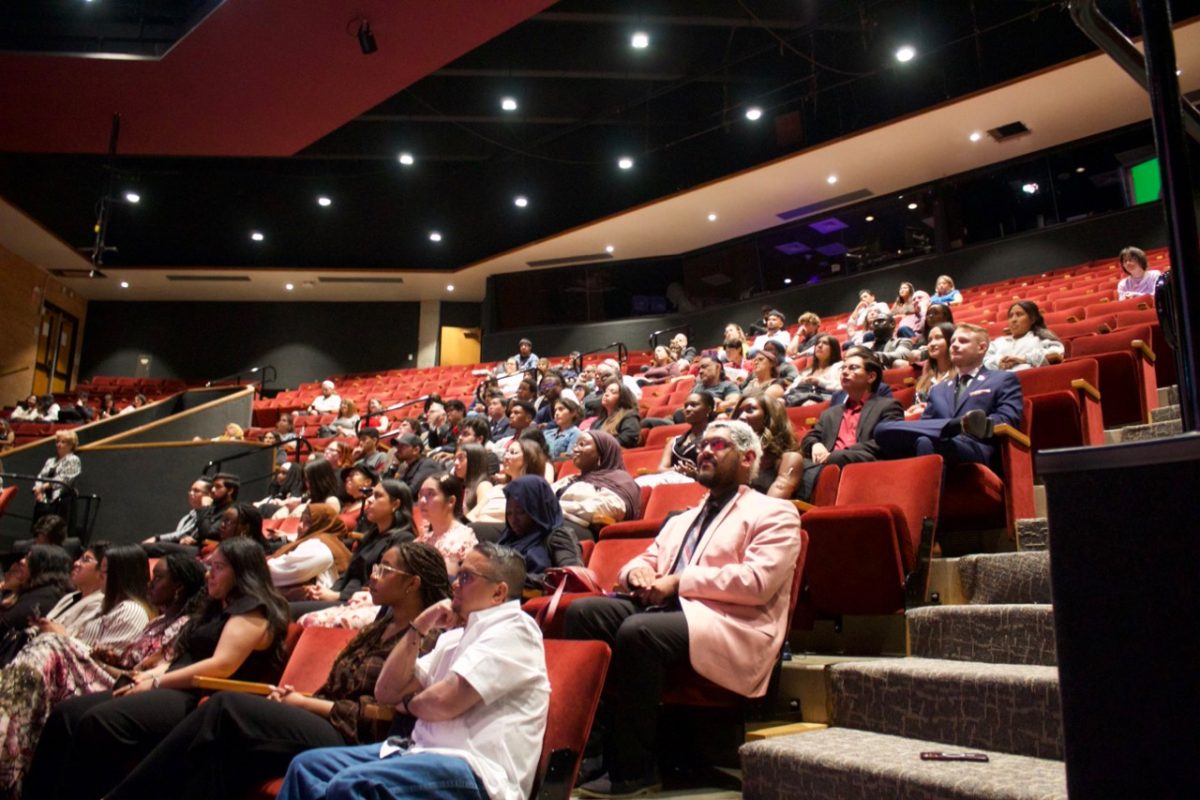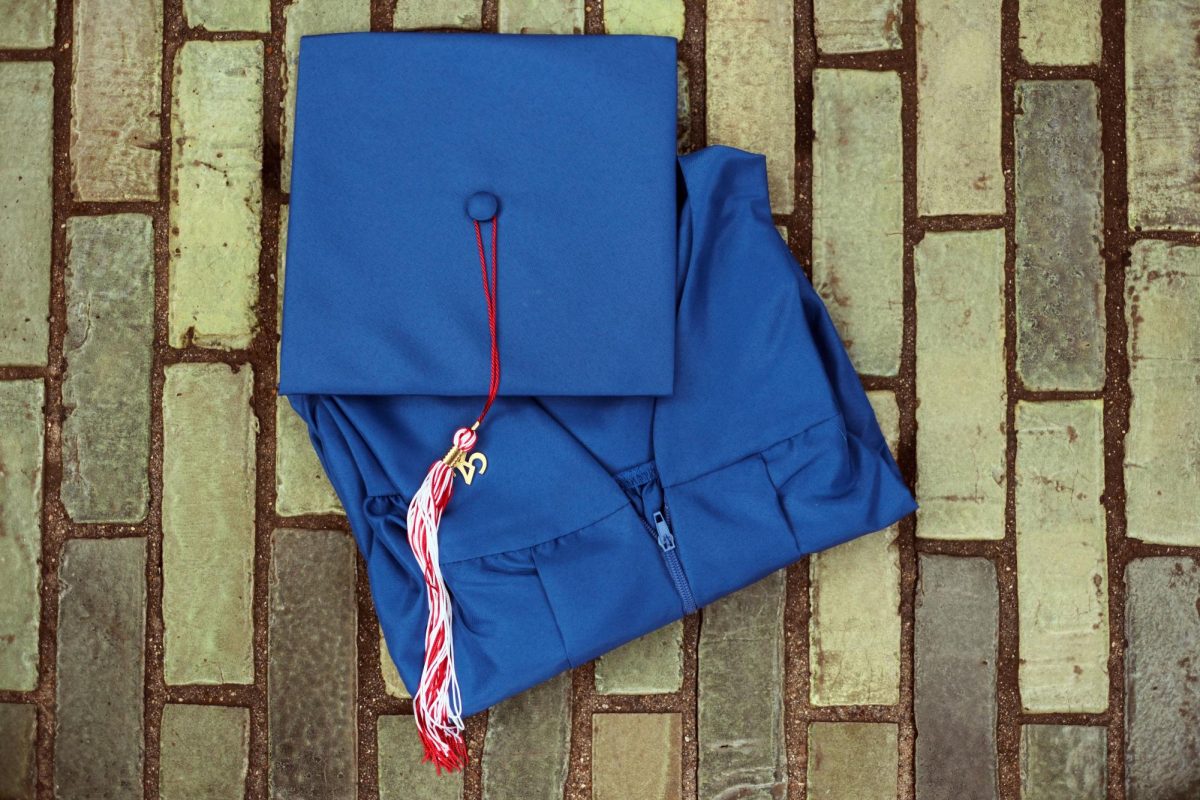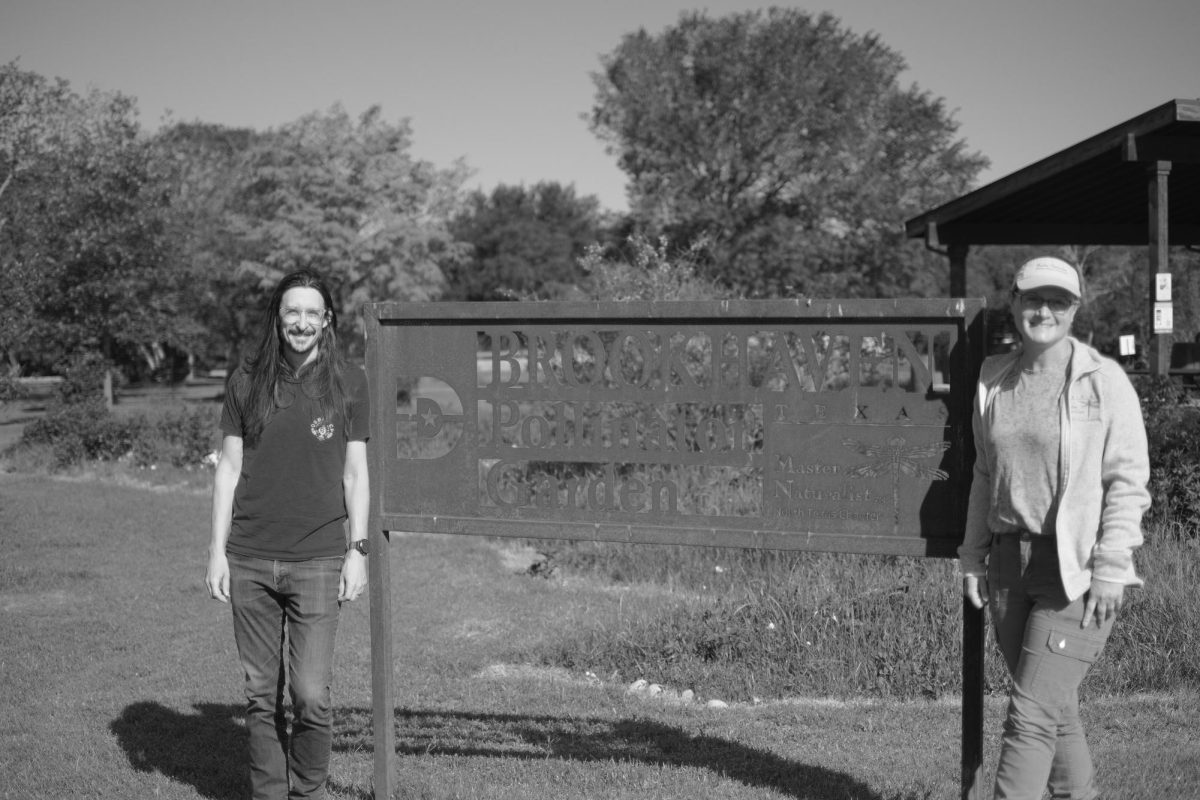By Wes Terrell
Staff Writer

Students and the public were welcomed to a night of exploration into the unknown at Brookhaven College’s annual public stargazing. Astronomy professors Anahita Sidhwa and Charles “Chaz” Hafey host the stargazing events. The stargazing was almost canceled due to clouds, but as the day progressed, they cleared. The event was held Feb. 25, between the X and K Buildings.
“We have stargazing for our students because it’s part of their coursework,” Sidhwa said. “We usually do one public observing for the community.” Students spent time looking through telescopes and listening to Hafey’s jokes. Venus and Jupiter were bright and visible through the telescope, and the International Space Station was also overhead. Since the sun was not out to reflect off the station, students were not able to see it.
Raul Najera, an astronomy student, said he enjoyed the class so much, he took the second course as well. Najera said he is looking forward to the field trips. The astronomy classes will visit Lake View Rodgers and the University of North Texas Planetarium to use more powerful telescopes.
Though most of the attendees were astronomy students, a handful of non-students attended. Astronomy students are required to attend 10 stargazing events and complete handouts while using a telescope.
Hafey, who has been teaching at Brookhaven for nine years, said the stars have always fascinated him. He said when he was four or five years old he lived in a small town with no streetlights. “I was standing in the driveway with my dad and we watched meteors in the sky,” Hafey said. “And I thought, ‘Oh, that is awesome.’” When Hafey was nine, he saw the 1966 Leonid meteor shower, when more than a thousand meteors could be seen. On Nov. 17, 1998, Hafey said, he saw over two dozen fireballs, meteors that are sometimes brighter than the full moon. “Most people only see one in their lifetime, if they’re lucky,” he said. “I’ve seen several lifetimes’ [worth] of meteors.”
Students also learned how to track stars. Sidhwa said the azimuth is the angle measured along the horizon from north to south and east to west. The altitude is the angle measured upward from the horizon. These measurements are used to find the location of stars in the sky. Students put their hands out in fists and counted up to find these measurements. More than half of the moon was lit by the sun, which is also known as the waxing gibbous phase, according to earthsky.org.
Students tried to stay warm, and some moved inside to finish their work. Hafey was full of jokes as students turned in their handouts, saying he was “serious that Sirius is the brightest star in the sky.” He added, “We have to have fun, don’t we?”






